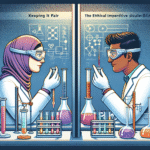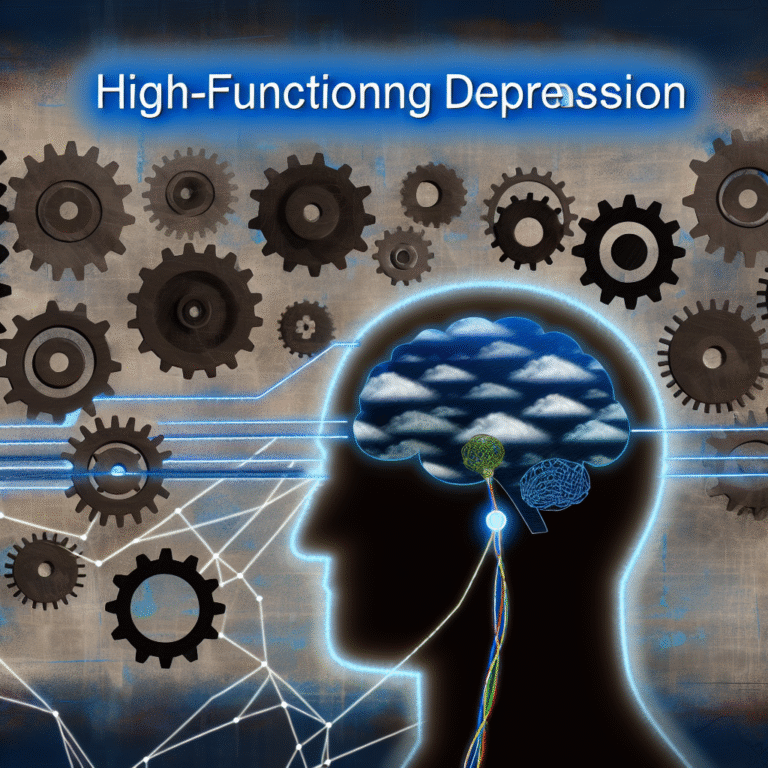
Creative Relief: How Art Therapy Can Help Manage Anxiety
Introduction
In an era where anxiety is often described as an epidemic, seeking effective relief has become a vital part of mental health management. Many are turning to unique and creative avenues, one of the most promising of which is art therapy. But how does creating art provide a pathway to serenity and understanding? Creative Relief: How Art Therapy Can Help Manage Anxiety delves into the remarkable intersection of creativity and healing. In this article, we’ll explore the transformative power of art therapy, not just as a treatment, but as a vital tool for anyone grappling with the stressors of modern life.
Understanding Anxiety and its Impact
What is Anxiety?
Anxiety is more than just feeling stressed or worried; it can manifest in physical symptoms like heart palpitations, shortness of breath, and fatigue, often leading to debilitating emotional states. With statistics showing that over 40 million adults in the U.S. suffer from anxiety disorders, the mental health landscape is in desperate need of innovative solutions.
The Connection Between Creativity and Mental Health
Creative expression has long been recognized for its therapeutic benefits. Art, in particular, has a unique ability to foster emotional expression, making it an effective tool in managing anxiety. According to the American Art Therapy Association, engaging in art-making can offer a cathartic outlet for emotions that are difficult to verbalize.
The Basics of Art Therapy
What is Art Therapy?
Art therapy combines psychological theory and creative expression to help individuals improve their mental health. Practiced by licensed professionals, it encourages clients to explore feelings, develop coping strategies, and promote personal growth through artistic activities.
Key Principles of Art Therapy
| Principle | Description |
|---|---|
| Expression | Encourages emotional release through art. |
| Non-judgmental space | Provides a safe environment for exploration. |
| Personal growth | Fosters self-discovery and healing. |
| Process over product | Focuses on the experience of creating, not the end result. |
How Art Therapy Works
Through drawing, painting, sculpture, and other mediums, individuals can express complex feelings and thoughts. This process often helps bridge the gap between the subconscious and conscious mind, allowing for deeper healing. In the context of Creative Relief: How Art Therapy Can Help Manage Anxiety, this form of therapy can alleviate symptoms and provide a sense of control and calm.
Real-World Applications of Art Therapy
Case Study: Sarah’s Journey
Background: Sarah, a 28-year-old marketing professional, had struggled with anxiety since her teenage years. Traditional therapy felt daunting and often left her feeling drained.
Involvement in Art Therapy: After being referred to an art therapist, Sarah began painting and engaging in clay modeling. Each session, she would illustrate her feelings rather than articulate them.
Results: Over six months, Sarah faced her anxieties with newfound confidence, and her therapist noted a significant decrease in her panic attacks. This case exemplifies Creative Relief: How Art Therapy Can Help Manage Anxiety in tangible terms; Sarah found an outlet for her stressors that empowered her to heal.
Case Study: David’s Transformation
Background: David, a 35-year-old veteran, found himself engulfed in anxiety stemming from his service.
Involvement in Art Therapy: Through a community program, he began creating murals with other veterans. The collective experience fostered camaraderie and shared sentiment, allowing for emotional release without the pressure of traditional dialogue.
Results: David found that channeling his experiences into art helped him effectively manage his PTSD symptoms. His story highlights the communal aspect of Creative Relief: How Art Therapy Can Help Manage Anxiety—art becomes a unifying force that facilitates healing.
The Science Behind Art Therapy
Research Findings
Numerous studies underscore the effectiveness of art therapy in anxiety management:
- A 2022 study published in the Journal of Art Therapy indicated that participants experienced a notable reduction in anxiety levels after just four art therapy sessions.
- Statistics show that 90% of participants reported feeling more relaxed and centered following art therapy, reinforcing its role as Creative Relief: How Art Therapy Can Help Manage Anxiety.
Physiological Benefits
Engaging in creative activities has been linked to reduced cortisol levels, a hormone associated with stress. The immersive nature of art therapy allows individuals to enter a state of mindfulness, further promoting relaxation and calm.
Practical Tips for Incorporating Art Therapy
1. Find Your Medium
Whether it’s painting, drawing, writing, or sculpting, experimenting with different forms of art can help identify what feels most liberating.
2. Create a Safe Space
Your creative space should promote comfort and inspiration. Choose an area free from distractions where you feel at ease to express yourself.
3. Set Aside Regular Time
Consistency can amplify the benefits. Try to engage in artistic endeavors regularly, allowing you to process ongoing emotions.
4. Don’t Strive for Perfection
Remember that art therapy is about the journey, not the destination. Embrace imperfection and use it as a tool for self-exploration.
5. Consider Joining a Class or Group
Participating in group sessions or classes can enhance the therapeutic experience. Sharing with others fosters a sense of community and understanding.
Conclusion
As we navigate the complexities of life, finding innovative paths to mental wellness is crucial. Creative Relief: How Art Therapy Can Help Manage Anxiety shines a light on the potentials of artistic expression as a means of coping. By acknowledging the emotional, psychological, and physiological benefits of art therapy, we empower ourselves to take action towards healing and growth.
So, whether you’re battling anxiety yourself or seeking ways to support a loved one, remember that creativity can be a lifeline. Embrace it, explore it, and let art be the soothing balm it was always meant to be.
FAQs
1. What materials do I need for art therapy?
You can start with basic supplies like paper, colored pencils, paints, or clay. The medium doesn’t matter as much as your willingness to express yourself.
2. Is art therapy suitable for everyone?
While it has proven benefits, art therapy may not be for everyone. Consult a mental health professional to find the best approach for your needs.
3. How long does it take to see results from art therapy?
Results vary, but many individuals notice improvements within a few sessions. Consistency is key for effective management.
4. Can I practice art therapy at home?
Absolutely! While professional guidance is beneficial, self-directed art-making can still be therapeutic and empowering.
5. Is art therapy the same as regular art classes?
No. Art therapy focuses on emotional healing through creative expression, while art classes emphasize skill development and artistic techniques.
In closing, we can relish in the profound ability of creative expression to act as a catalyst for change. Creative Relief: How Art Therapy Can Help Manage Anxiety invites us all to reflect on our relationship with creativity, understand its potential, and harness it as a tool for emotional wellness. So pick up that brush or pen—your journey to healing might just begin on that canvas.

















